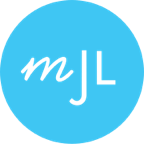Shabbat Gathering: The most popular book in Yiddish ever.
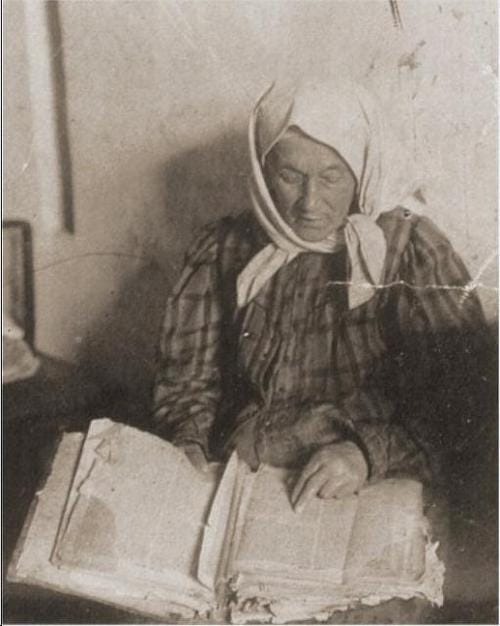
Gud Shabbos Khaveyrim, as is our custom, we will gather tonight at 5.45p ct to welcome Shabbat. These are the coordinates:
Zoom
Meeting ID: 883 8469 4181
Password: 822665
Phone: +1 312 626 6799
(To unsubscribe from the newsletter, click the link at the very bottom of this email.)
Here we go.
Long ago, most Jews in Europe probably spoke several languages just to get through the day. Of course they had to know the local language(s) to get along with the prevailing culture / economy. In addition, the men usually learned Hebrew so they could pray and study Torah. Since women didn’t usually go to synagogue and weren't allowed to study Torah, women didn’t usually know Hebrew. (My paternal grandmother-in-law was an exception and show spoke about seven different languages: Yiddish, Hebrew, German, Polish, Galician, enough Aramaic to pray, and English, of course.) The point is that this entire world of Torah lore and learning was cut off from women. Somebody decided to fix that.
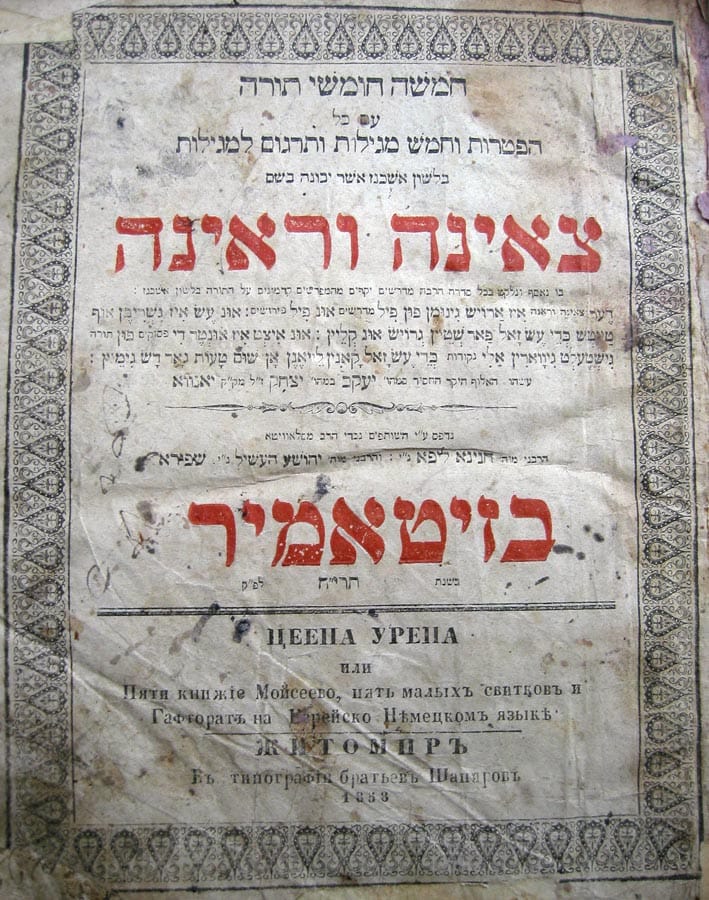
The origin story.
In the 1500s, Jacob ben Isaac Ashkenazi wrote the Tsene Rene to help close the education / religious gap between the sexes. Tsene Rene literally means, “go forth and see,” and it comes from a verse in the Song of Songs (3:11). The full verse is, “Go forth and see, daughters of Zion.”
The Tsene Rene was a Chumush (the weekly Torah portions and readings from the rest of the Bible). What makes the Tsene Rene especially interesting is that midrash (sometimes wild tales from the Talmud) were woven into and around the straight Bible. So, Tsene Rene is a melding of Bible, Talmud, legends, folklore, and more.
Since the book was first published, at least 300 different editions of Tsene Rene have circled the world. It’s the most popular book ever published in Yiddish. I discovered researching this newsletter that there's supposed to be an edition in English and I have an ambition to acquire it.
Here’s a video of a presentation from the YIVO Institute about the history and impact of the Tsene Rene. It’s very thorough and runs just over an hour if you’re really committed.
I started learning Yiddish because it is compatible with the type of Judaism I practice and a strong fit with my political beliefs. The Tsene Rene is something I’m aching to read and study.
And may it be for all of us a blessing.
See you tonight!
Mit vareme grusn,
(With warm regards,)
All my love,
brian.
PS
If you want to learn more about Yiddish and why I’m studying it, drop me an email and we can chat.



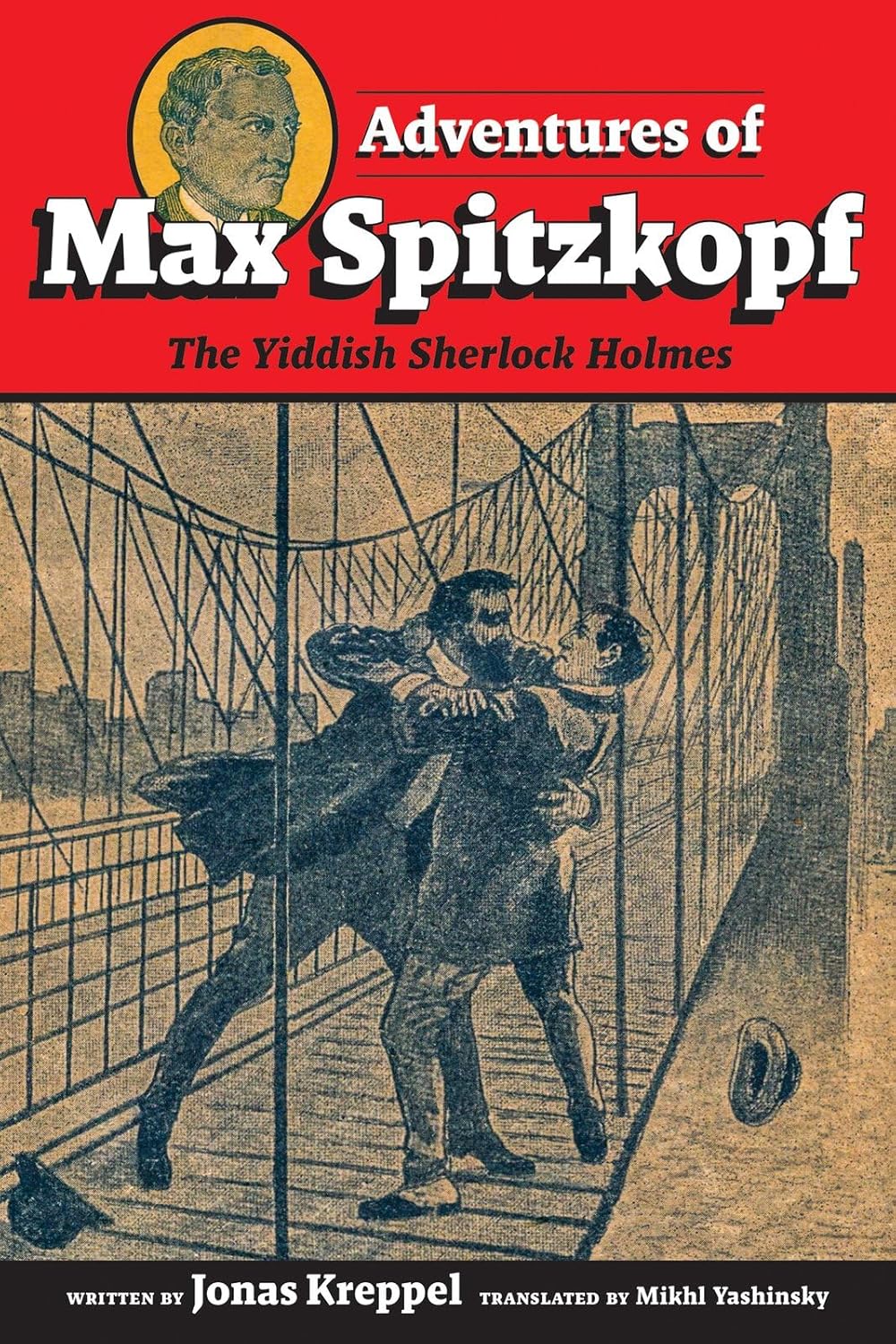
DuoYid
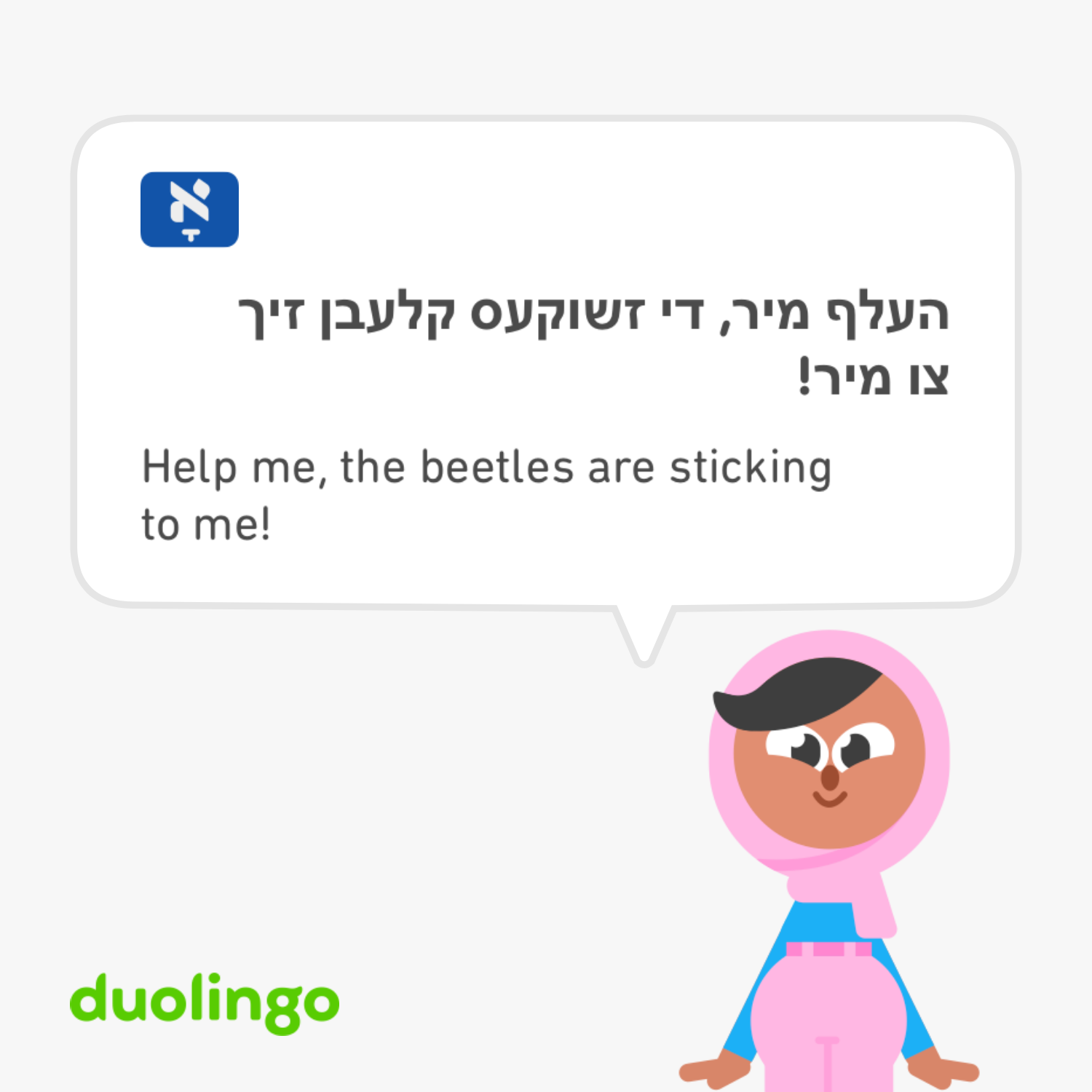
-30-

